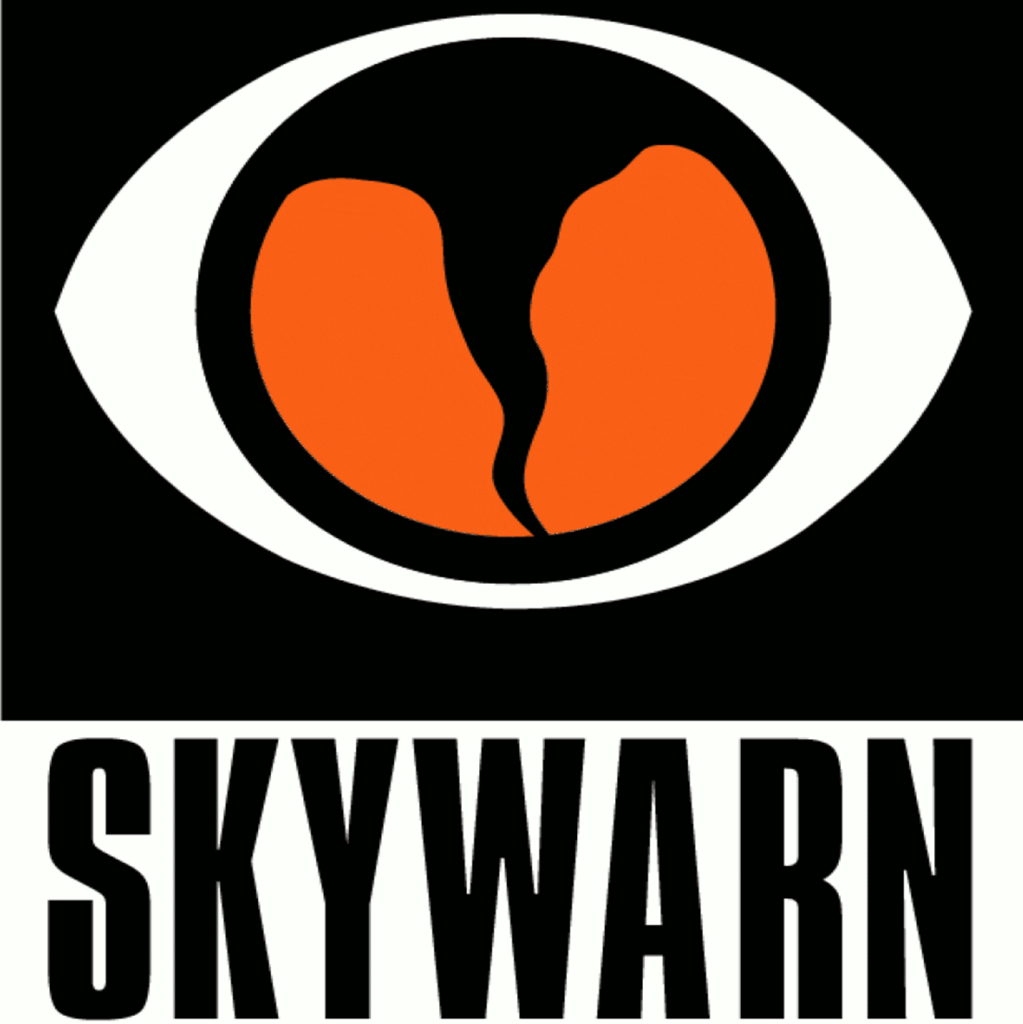We love and celebrate Pi Day here at the Engineering Library on or around the traditional day of March 14th (3/14), but did you know that there another Pi Day? Pi can be expressed with the fraction 22/7, so if you’re partial to pastry, you can celebrate Pi Day on July 22nd. You can alsoContinue reading “Happy Casual Pi Day!”
Category Archives: National “Holidays”
Happy World Bicycle Day!
It’s World Bicycle Day! In 1818 the Laufmaschine (“running machine” or draisine was invented by Karl von Drais de Sauerbrun. He was inspired to create this contraption because of a shortage of horses. The Laufmaschine was designed with no pedals, propelled solely by the running rider. It also had no turning or braking mechanisms, meaningContinue reading “Happy World Bicycle Day!”
Happy April Fools Day!
April Fools Day is a day for pranks and tricks, both of which are College of Engineering traditions. These pranks were almost all aimed at the Law Students (often called “Laws”), with whom the Engineering Students had a long-running rivalry. The pranks usually took place during MECCA Week (the week of St. Patrick’s Day). HereContinue reading “Happy April Fools Day!”
Gingerbread Engineering
Snow will soon be here and it’s time for wintertime traditions – which includes gingerbread creations! National Gingerbread House Day is December 12th. Early history of the recipe is hazy, and may range to as far back as Ancient Greece in 2400 BCE to France in 992 AD. Early on, gingerbread was used in religiousContinue reading “Gingerbread Engineering”
August 24 is National Waffle Day!
Happy National Waffle Day! Make sure to celebrate by enjoying a waffle or two. Waffles may seem like they are not connected in any way to engineering, but engineering is the science of applied anything. We celebrate on August 24th because it was on this day in 1869 that Cornelius Swarthout received the first U.S. patentContinue reading “August 24 is National Waffle Day!”
It’s National Pencil Day!!
March 30th is National Pencil Day!! I bet you don’t think much about the pencil when you think about picking it up and getting to work. Probably when it needs to be sharpened or when the mechanical pencil needs more lead, but most of us don’t think of the pencil often. It just is there.Continue reading “It’s National Pencil Day!!”
SKYWARN® Recognition Day!!
December 7th, 2019 is National SKYWARN® Recognition Day!! So, just what is SKYWARN® ? It is a National Weather Service (NWS) volunteer program with between 350,000 and 400,000 trained severe weather spotters. The main responsibility of a SKYWARN® spotter is to identify and describe severe local weather and storms. Unlike storm chasers, they generally stay in one place untilContinue reading “SKYWARN® Recognition Day!!”
National Worship of Tools Day!!!
IT IS NATIONAL WORSHIP OF TOOLS DAY!!! Can you imagine a life without tools? We can’t! And you don’t have to! We have approximately 233 tools in our Tool Library – and are always adding more! We have all sorts of things! We have laptotps and iPads, chargers and cables, hammers and screwdrivers, 3D scannersContinue reading “National Worship of Tools Day!!!”
Get Ready for Girls in Aviation Day!
This Sunday, September 23rd is Girls In Aviation Day! “Flying is so much more than just a quick way to traverse space. It’s freedom and color and form and style. I am at home in the air.” Amelia Earhart, Feb. 7, 1934, Christian Science Monitor. In honor of Girls in Aviation Day, let’s take a briefContinue reading “Get Ready for Girls in Aviation Day!”
It’s Pi Day 2018!!
3.141592653589793238462643383279502884197169399375105820974944592307816406286…. March 14th is Pi Day!!! Beginning geometry students might remember finding the area of a circle – pi x radius squared…. But, what is Pi (π) and why does it rate its very own day? Pi is one of the most famous and mysterious of numbers. Defined as the ratio of the circumferenceContinue reading “It’s Pi Day 2018!!”




